Spirit of India
Koodal Azhagar Temple Madurai
Mother Masala tours
Carvings That Speak
Koodal Azhagar Temple Madurai. Dedicated to Vishnu, is a significant landmark, believed to have origins during the early medieval period with substantial constructions occurring in the 16th century under the Nayak rulers. As we explore this awe-inspiring site, you’ll instantly grasp why it’s not only an architectural marvel but also a spiritual beacon for countless devotees. The temple combines intricate artistry and deep cultural significance, standing as a hallmark of faith within the community. As we enter its grand gateways, the impressive structures enhance the serene atmosphere, providing a glimpse into the extraordinary devotion that defines this historic sanctuary.
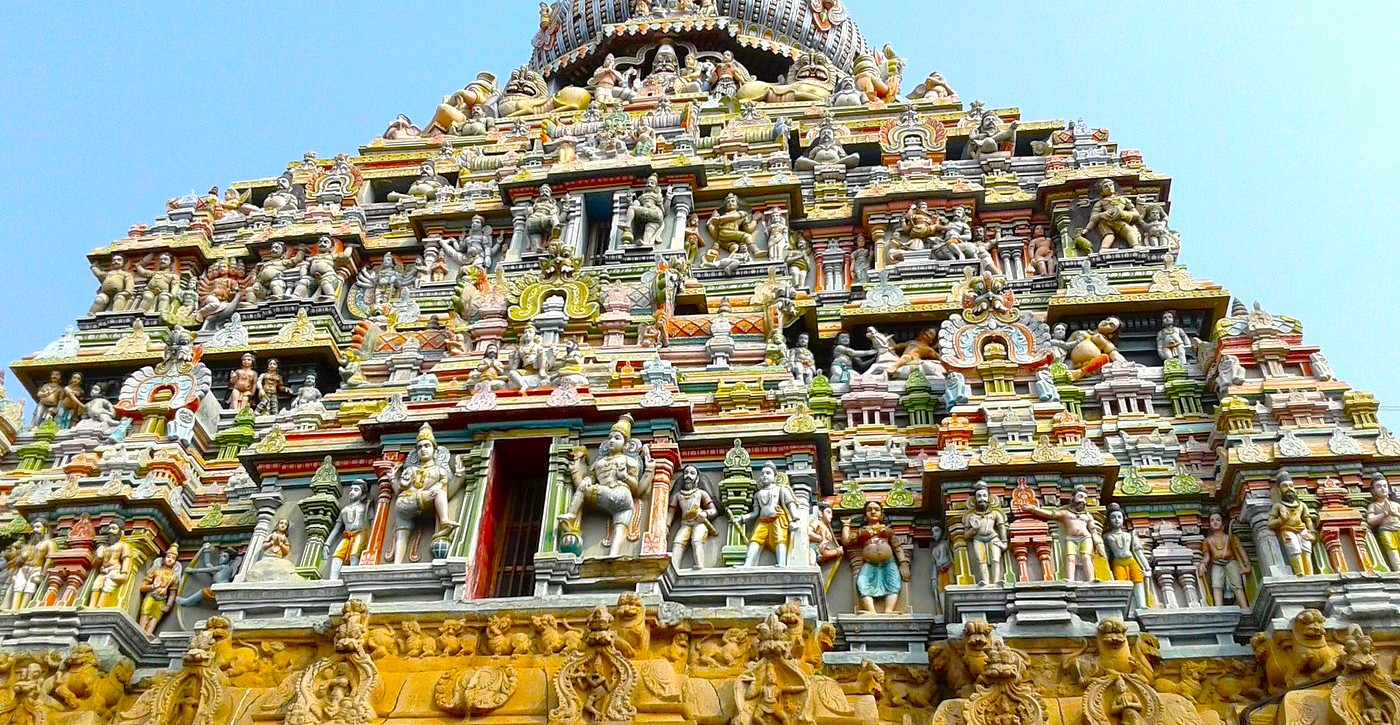
Koodal Azhagar Temple Madurai: Sacred Spaces
This sacred site is home to numerous artifacts, each reflecting the spiritual essence and artistic mastery of the region. Among the most notable is the Koodal Azhagar deity, beautifully adorned with exquisite jewelry and garments. The temple complex itself is expansive, featuring several sacred spaces that facilitate various rituals and gatherings. The intricately carved gopurams, adorned with colorful sculptures, serve as ornate gateways that guide attendees into the realm of spirituality.
Ancient Mosaics: Impeccable Craftsmanship
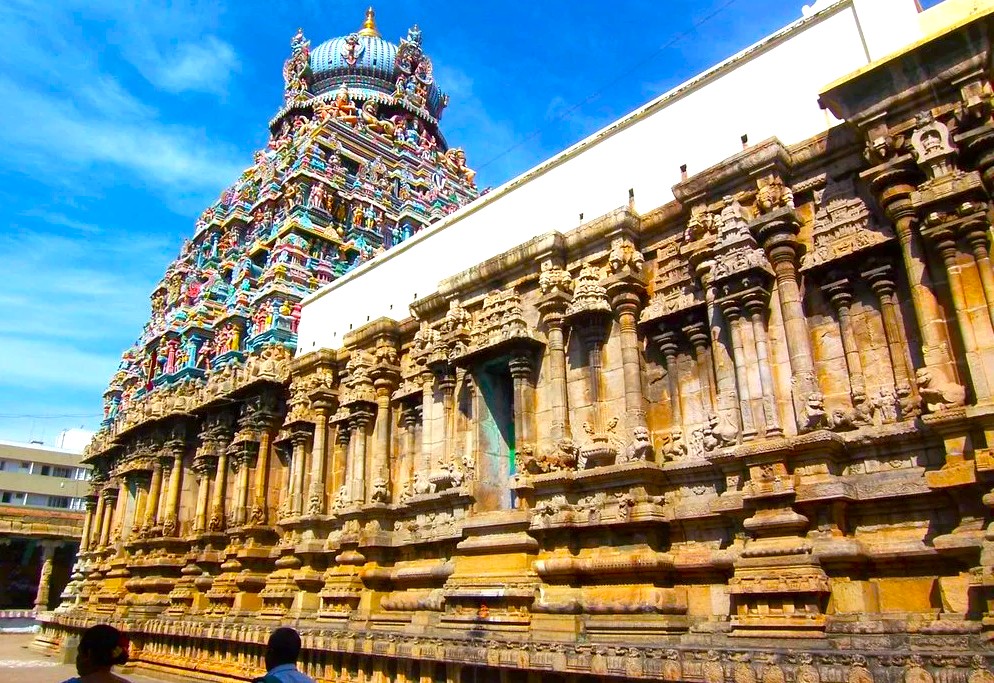
The artistry found within this Koodal Temple in Madurai reflects the impeccable craftsmanship of ancient artisans. Dating back to the 16th century, the intricate carvings on the gopurams reveal the skill and dedication of craftspeople from the Nayak Dynasty. Each surface, adorned with mythological figures and intricate patterns. Noteworthy artisans like Vishwakarma, the mythological architect, are revered for their contributions to temple design. These detailed sculptures tell ancient stories from the region. The temple stands as a testament to their precise and skilled work.
The Pulse of the Local Community
Koodal Azhagar Temple Madurai. The locals who call this city home contribute significantly to the enriching experiences one can find here. With a deep-rooted sense of pride in their cultural heritage, the people are known for their warmth and hospitality. The environment is imbued with an inviting spirit, where community gatherings thrive around the temple and local markets. Interactions are marked by a friendliness that welcomes us to explore the rich traditions that have defined life in this city for generations. It’s this unique quality of the residents that enhances our understanding of their passion for preserving their heritage.
Capturing the Magic: A Photographic Haven
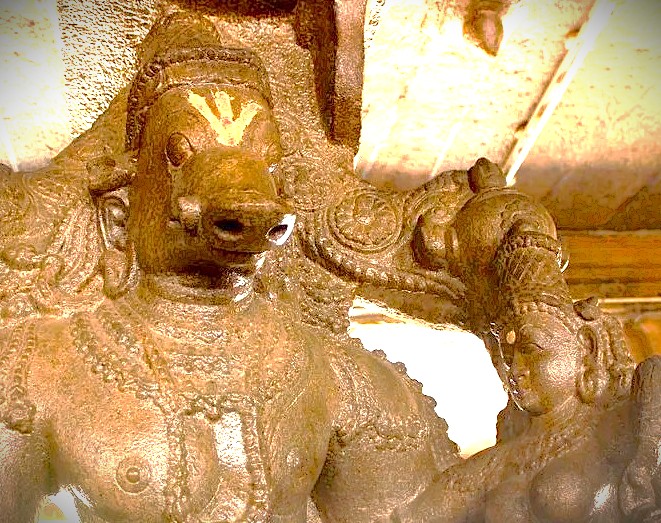
This site offers an irresistible opportunity for memorable photography. The temple's impressive architecture combines with vibrant colors. Adorned idols and sacred spaces create a backdrop we want to revisit. From wide views of gopurams to close-ups of ancient carvings, each angle reveals a different facet of its deep cultural richness. This includes Vishnu's powerful boar incarnation, which is quite prominent. This is an ideal place for us seeking to capture detailed artistry in one location. The striking visual elements provide endless inspiration for our lenses. We observe the intricate details of the stone work now. The bright hues of the temple statues stand out beautifully.
Festivals of Devotion: Honouring the Sacred and the Divine
Koodal Azhagar Temple Madurai. This city comes alive during its numerous festivals, particularly the Vaikunta Ekadasi, celebrated in December or January. Devotees gather in large numbers to seek blessings, participating in elaborate rituals and processions. During this time, the deity at Koodal Azhagar Temple Madurai is adorned with exquisite attire, drawing crowds who come to witness the devotion and fervor of the celebrations. The sense of community during these events is palpable, as participants engage in prayers and rituals, reinforcing their connection to the divine.
The Connection with the Gods

Koodal Temple in India stands as a central sanctuary for us. A powerful connection to Vishnu exists through the Koodal Azhagar deity here. Local lore states Vishnu appeared as a beautiful figure at river junctions. This appearance symbolizes abundance and also great fertility for the land. We believe he comes to earth during special festivals. This allows people to offer their basic prayers and seek simple blessings. Stories about his interventions in good versus evil remind us of a presence. The temple offers a peaceful setting for all. We can feel the history within its ancient walls.
Ancient Technologies: Sacred Sound, Geometry & Astrological Influences
The temple exemplifies ancient technologies through its use of sacred geometry and acoustic resonance. The structure is meticulously designed to enhance sound vibrations, creating an immersive experience during rituals and harnessing Solfeggio frequencies like 396 Hz and 528 Hz for spiritual healing. Built primarily from granite, known for its grounding and protective qualities, the temple also incorporates Teak wood, symbolizing resilience. Astrological alignments ensure the temple captures celestial energies, deepening the spiritual atmosphere as devotees engage in transformative practices, effectively merging earthly and divine connections within this sacred space.
Serendipitous Meetings: Beyond the Main Path
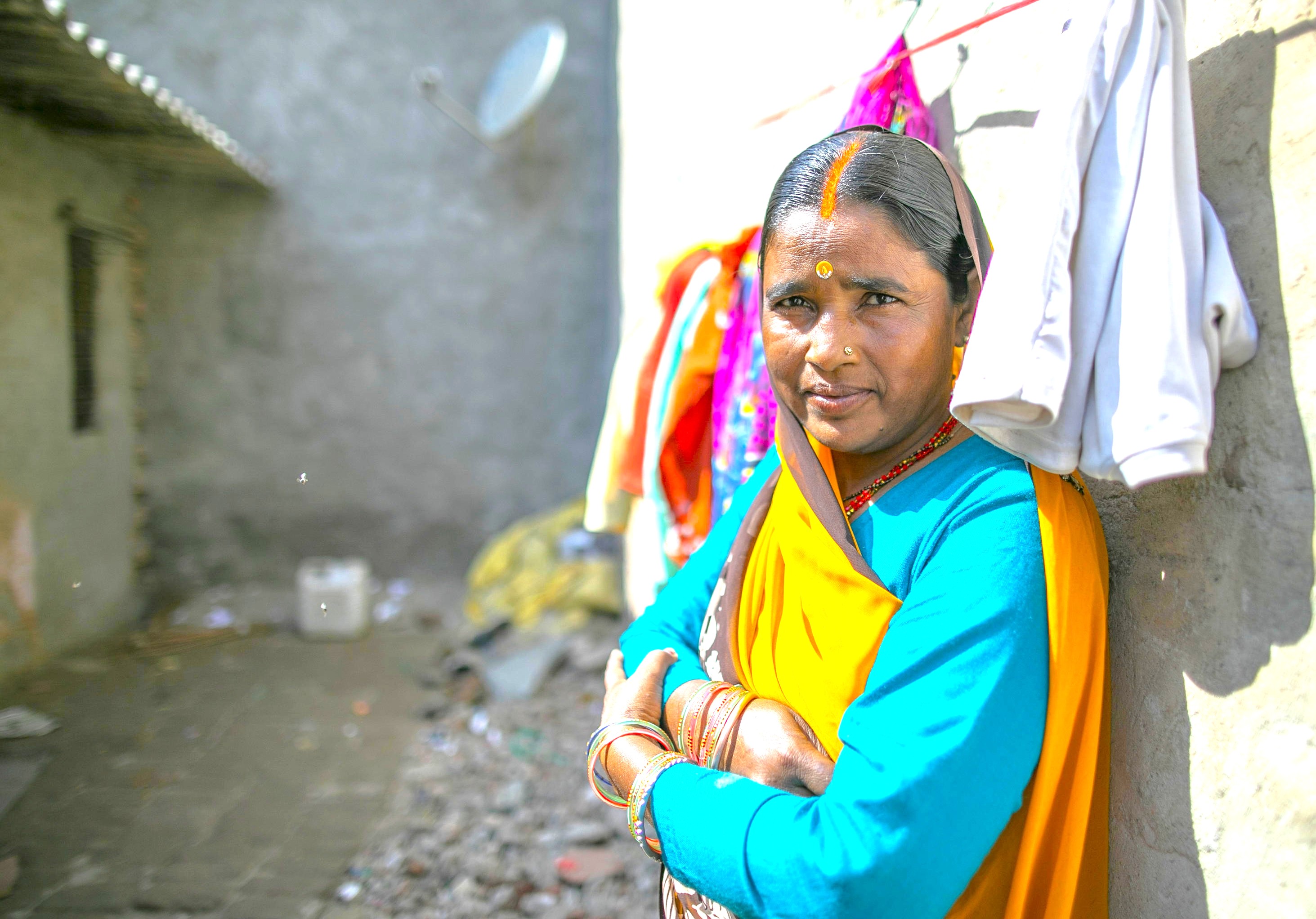
As we wander through this lively city, we encounter hidden gems that enrich our journey. Small shops and artisan workshops offer handmade goods, showcasing the skills passed down through generations. From traditional textiles to intricate jewelry, these charming establishments embody the creative spirit of the community. Each encounter invites us to engage with the local culture, fostering a deeper appreciation for the heritage that surrounds us. We observe skilled hands carefully shaping fine materials. This local artistry enhances our travels significantly, and such places provide a quiet look into their daily lives.
Resilience and Renewal: Overcoming Adversity’s Challenges
The history of this city is marked by resilience in adversity. One event occurred during the Muslim invasion of the 14th century, which led to the destruction of several temples. Yet, the local population quickly mobilized to rebuild and restore their cultural landmarks, showcasing their dedication to preserving their heritage. This spirit of renewal continued through subsequent conflicts and colonial challenges, with communities coming together to support one another. Such events have fostered a strong sense of identity and pride, uniting residents in their common goal of preserving their history.
Urban Legends: Strange Sightings, Myths and Mysteries
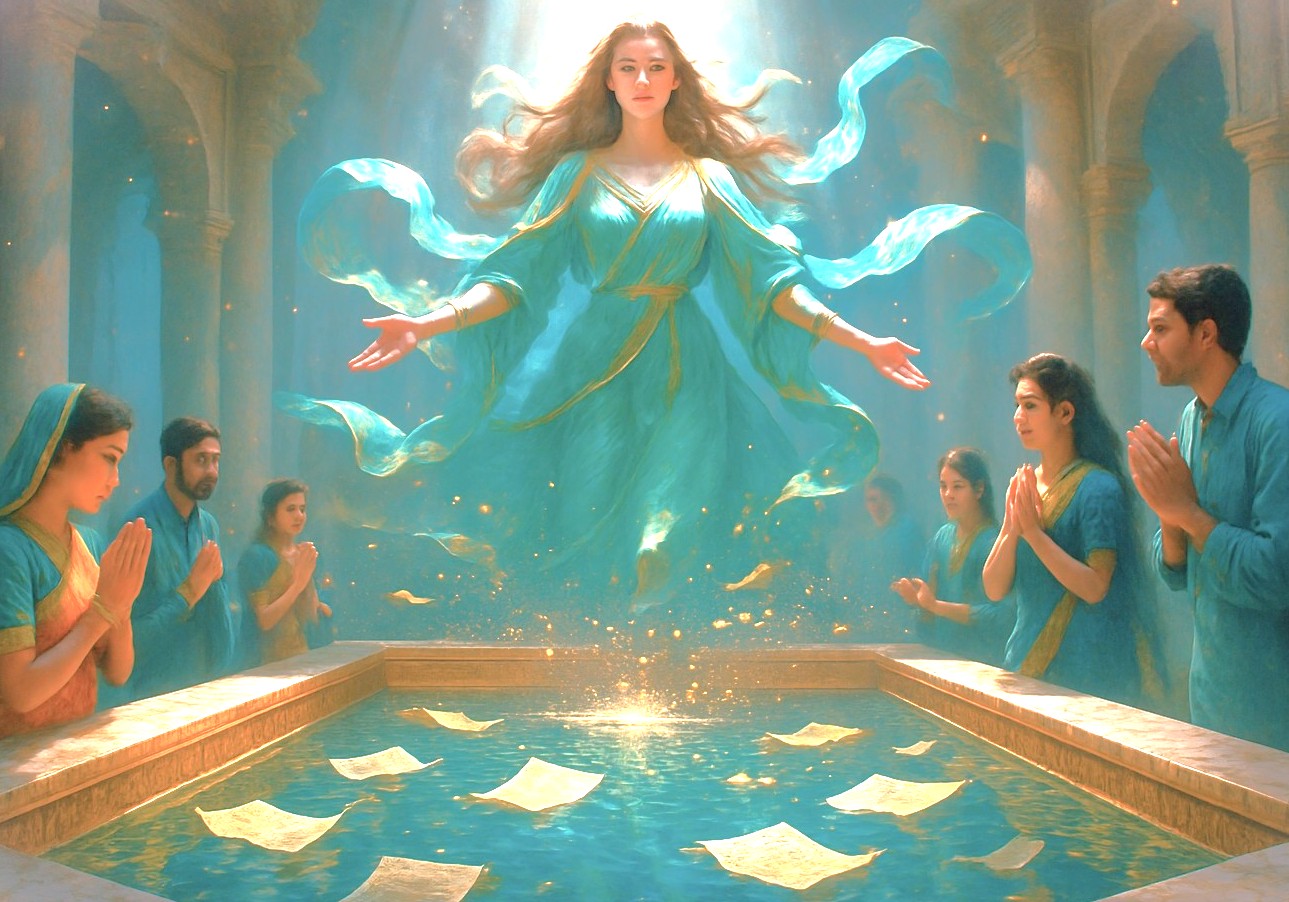
One legend speaks of the Golden Lotus Tank, known as Potramarai Kulam, inside the Meenakshi Temple. This sacred tank holds a miracle from the past for us. Long ago, it was believed that great literary works were tested here by being placed on its waters. Only the deserving masterpieces would float, while others would sink. The Goddess Meenakshi herself watches over this blessed tank. She offers her grace to us, safeguarding the purity of knowledge and art. This purity has defined their culture for a long time. This ancient tradition highlights the value of intellect for us.
Pack Your Spirit of Adventure: Let Freedom Free
We invite you to join us on this unique journey into the heart of one of South India’s most treasured sites. As we explore the rich history, vibrant culture, and spiritual depth of this remarkable location, we engage with a tapestry of traditions that have withstood the test of time. We will uncover the stories behind the stunning sculptures, savor the delicious local cuisine, and partake in the festivities that celebrate the divine.
Symphony of Generosity: Offerings from Wanderers to Residents

The exchange between locals and those who venture here creates a nurturing atmosphere that enhances our experiences. By supporting local artisans and businesses, we contribute to the community's economy while forging connections that transcend cultural boundaries. This beneficial interchange fosters a sense of unity and appreciation, as both residents and those who come to learn from them share valuable insights into their rich heritage. We find unique handmade items, reflecting their ancient skills and artistry. Our purchases directly help their families thrive and grow here.